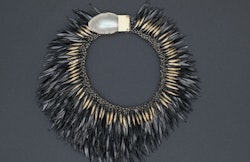
Discover
Discover new artists, articles and other craft related topics. Use the tags to search all contents.
Jewellery and adornment

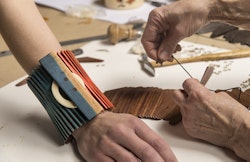
Liv Blåvarp: Touch Wood

The Innermost Corner of the Outermost Layer – an interview with Renate D. Dahl, Judit Fritz, and Lauren Kalman
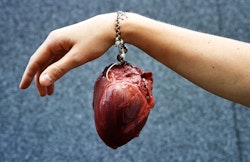
Nanna Melland: The Uniqueness of the Masses
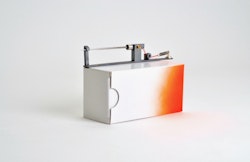
Sigurd Bronger: Jewellery as Absurd Theater
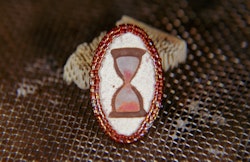
Jewellery Thoughts of Impermanence
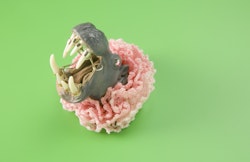
Felieke van der Leest: Toy Animals, Yarn, and Glamorous Design
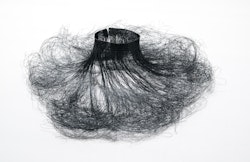
Inger Blix Kvammen: Memories in Metal
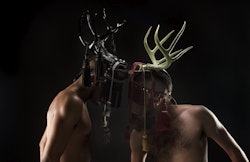
Recognizing Ground: Where Indigenous and Queer Practices Meet
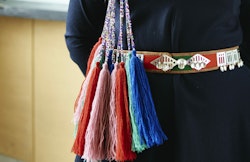
Baarkaldahke – A Living Cultural Legacy
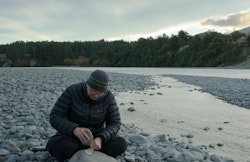
Texture of Practice: Areta Wilkinson

Jewellery Thoughts of Impermanence

The Innermost Corner of the Outermost Layer – an interview with Renate D. Dahl, Judit Fritz, and Lauren Kalman
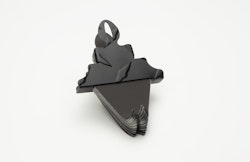
The World-Shifting Qualities of Adornment
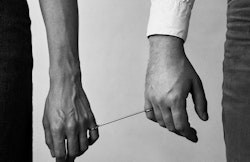
With this Ring – An Essay Celebrating the Symbolic Meaning of Jewellery

Tattoo Archaeology
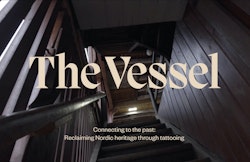
Connecting to the Past: Reclaiming Nordic Heritage through Tattooing

Inuit Tattoo Traditions and the Complexities of a Revival
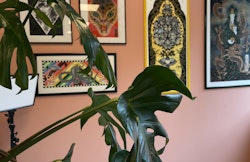
Part Psychologist, Part Mind Reader, Part Artist
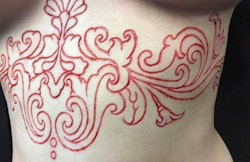
Art that hits a nerve

I'm Interested in Creating Superbeings

Transforming Bodies
Maria Viirros presents the issue and gives us an insight into their reflections on how to approach the role as editor. With this issue, Viirros wants to create a space in which the reader can peek into the rich field of body arts, its histories, contours, and possibilities, while providing the artists with a platform to reflect upon their practices from a perspective that is not commonly considered when their work is discussed.

Art that hits a nerve
In this text, Marita Wikstrøm Svěrák introduces us to the field of body piercings, scarification, and body suspension. She explains the craftsmanship behind the different practices, as well as her fascination with scars and the importance of pain. Throughout the text, the artist gives insight into the social and psychological part of her work and explains how it is deeply embedded within her practice.